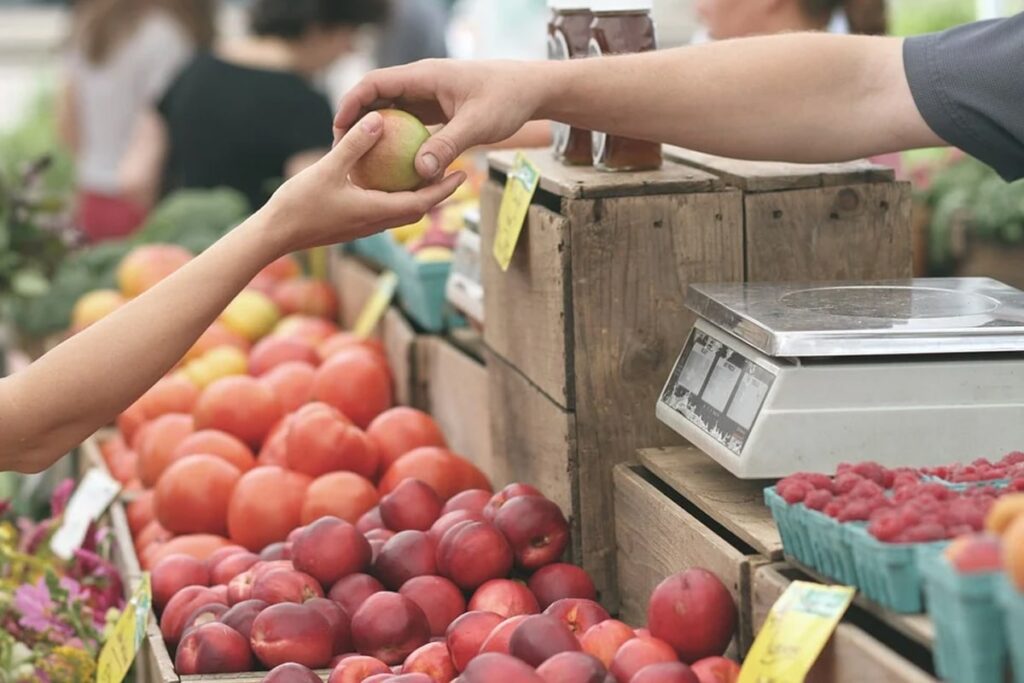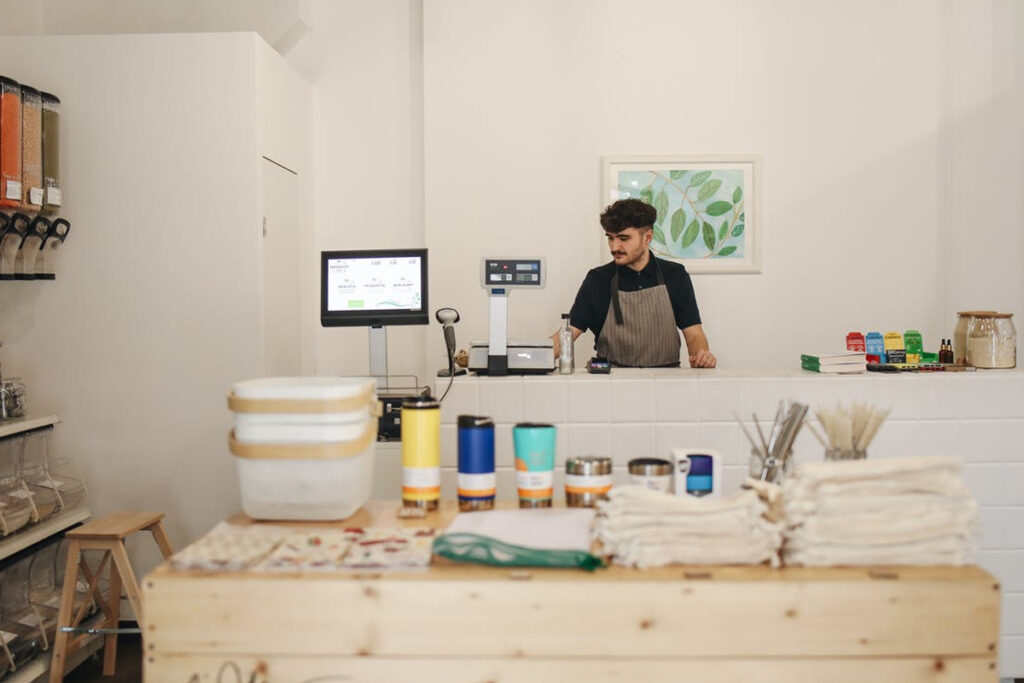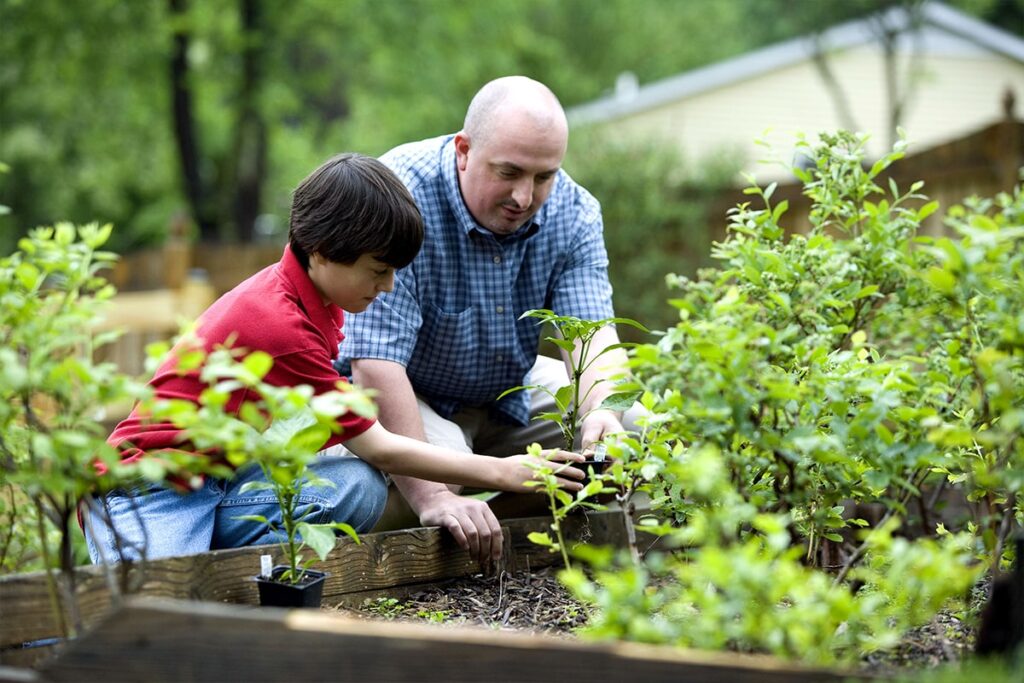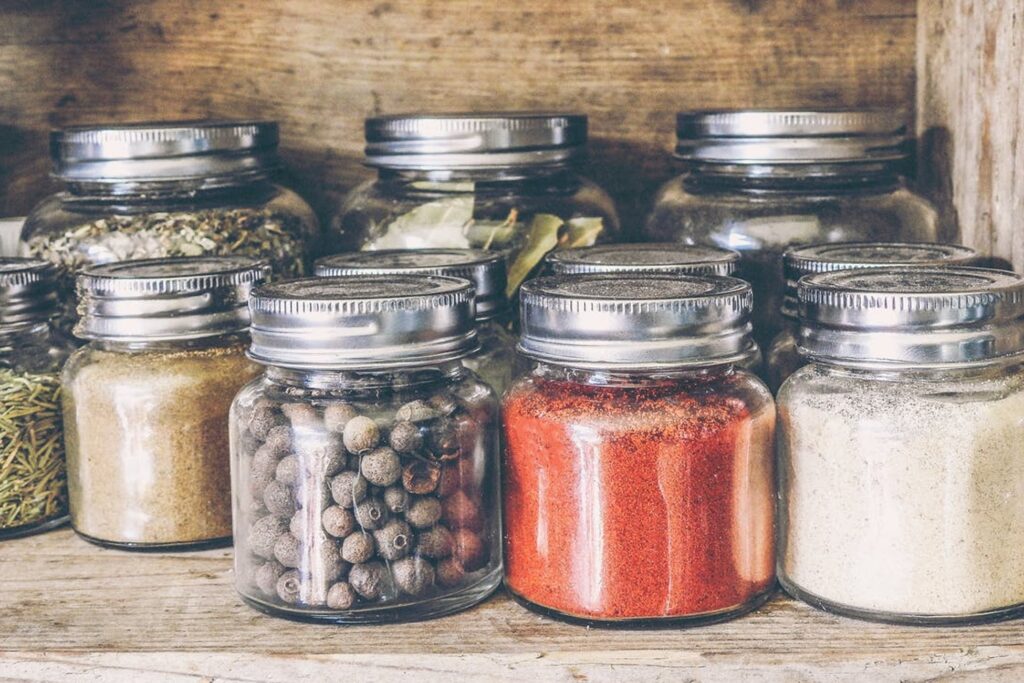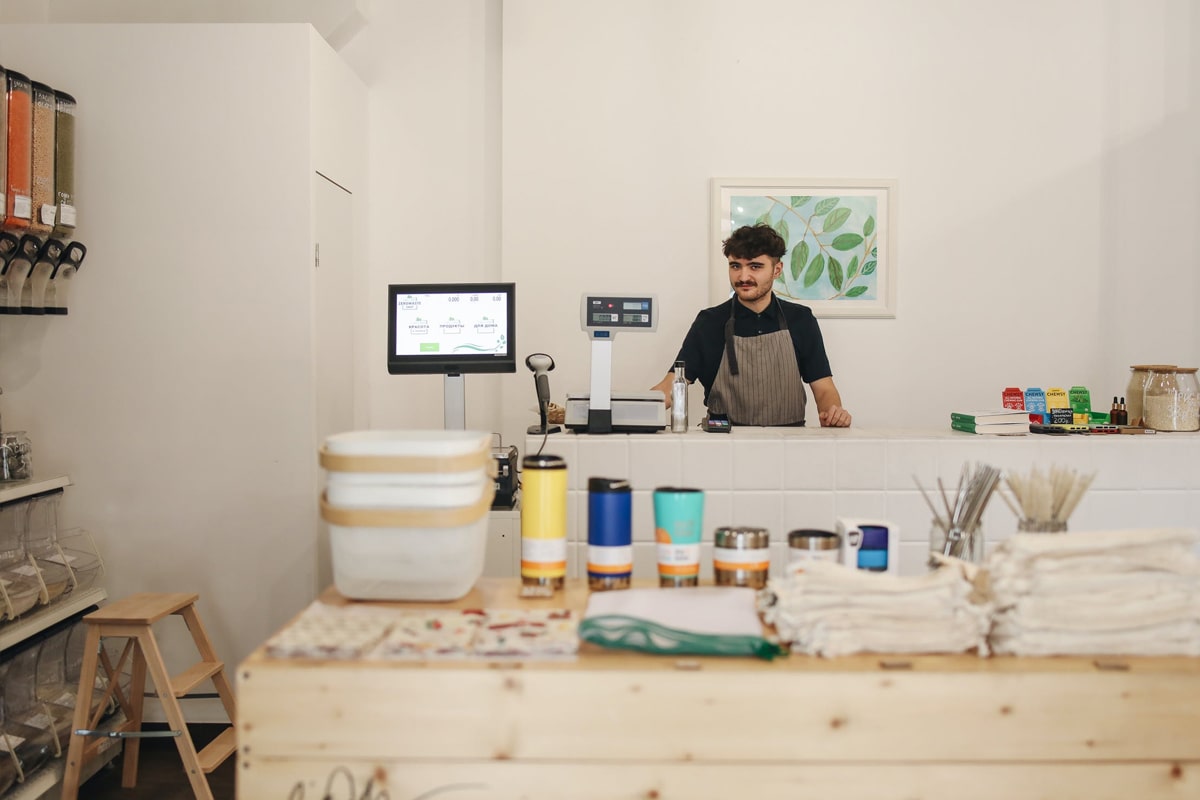Paper waste is destroying the environment. About 68 million trees are cut down to produce paper and products, which accounts for 25% of landfill waste.
Much of paper waste is extracted from the workspace. If we want to keep breathing good air, be surrounded by majestic trees and thrive in a livable habitat, we need to make changes on how we work.
Below are steps in creating a green office space the earth will be grateful for.
1. Digitize where you can

Surely, you don’t need to print those meeting minutes and office statements. Make the most of digital storage by uploading documents on shared files and emailing them to everyone. You must also consider implementing e-signatures more often. Not only are you helping save the environment. You’re also creating a system of better keeping certain documents. Not all departments may find this applicable but with every chance you get, paperless is the way to go.
2. Reduce the number of printers

Creating a green office space means lessening the number of printers you have. The more inconvenient it is to print files, the easier it is for your employees to make the switch. Ensure you equip them with more digital tools like PDF editors and online database subscriptions.
3. Embrace natural light

If your office space has access to natural light, welcome it. Not only does it help cut down your electric bills. It also conserves plenty of energy. Plus, natural light gives a boost of energy, increasing productivity in your office.
4. Practice better recycling
Recycling shouldn’t only be done at home. Workspaces must practice it too. Segregate your trash cans, particularly in the pantry and common areas. These communal spaces have a greater tendency for trash to be left unkept and unorganized. Provide the tools, and see how people’s habits change.
5. Encourage the use of reusable items

A green office space is only as good as the people who work in it. Apart from the tools you can provide, it’s also helpful to introduce certain habits like utilizing reusable items. Provide reusable storage of office supplies. Encourage bringing one’s own lunchboxes and reusable coffee tumblers. While you’re at it, invest on green office supplies that have eco-friendly certifications. For starters, try going for business cards made with recycled paper or compostable notebooks.
6. Decorate naturally

Livening up the office can boost productivity. Don’t decorate at the expense of Mother Earth by choosing to do it naturally. You can choose upcycled décor or invest on plants. They restore imbalance, purifies the air and some can take in carbon dioxide and emit oxygen. Succulents are some of the most useful and easy to take care of.
7. Raise awareness
Dedicating times to educate your co-workers and employees can inspire them to be more conscious. Whether it’s a short presentation nowadays, having a guest speaker over or sending out memos about living a more eco-friendly lifestyle, there’s always something learn and more ways to do better.
8. Give back
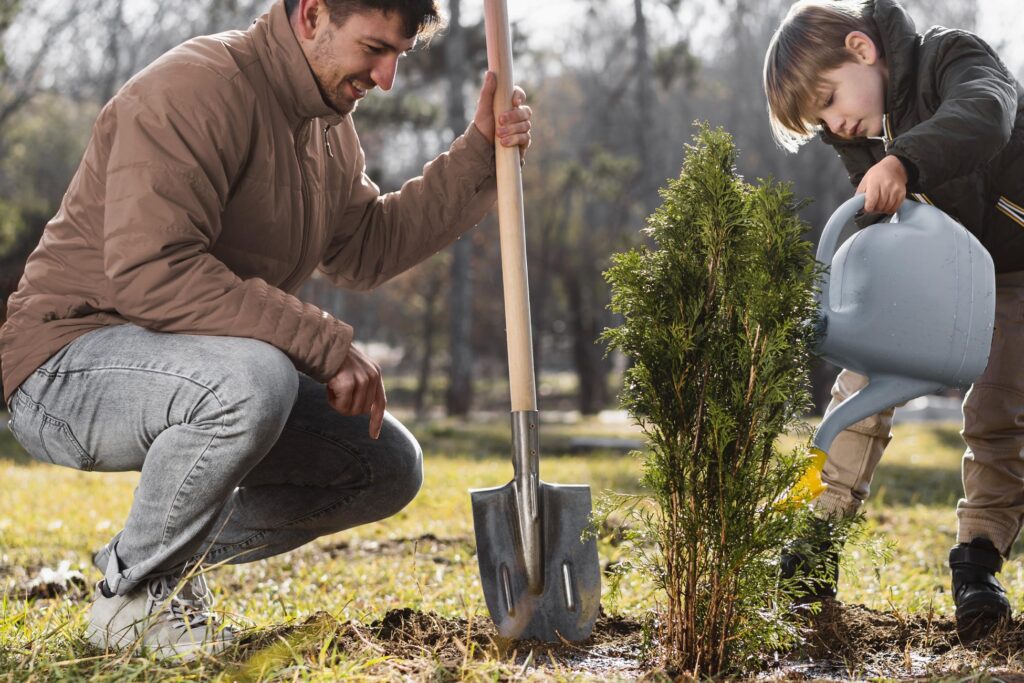
Whether it’s holding a fundraiser for pro-environment causes, planting trees or donating to environmental organizations, giving back helps a green office space thrive more. These are enriching ways to make work outings more productive.


